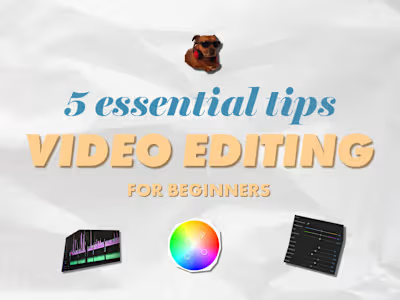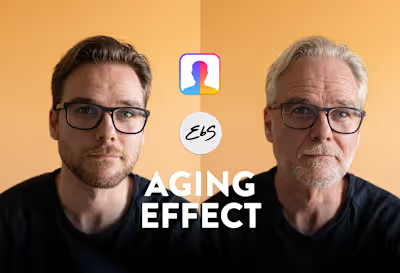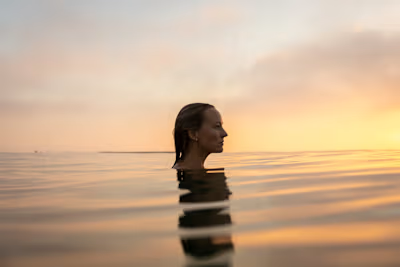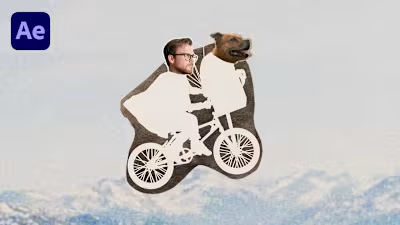5 Differences Between Editing for Businesses and Creators
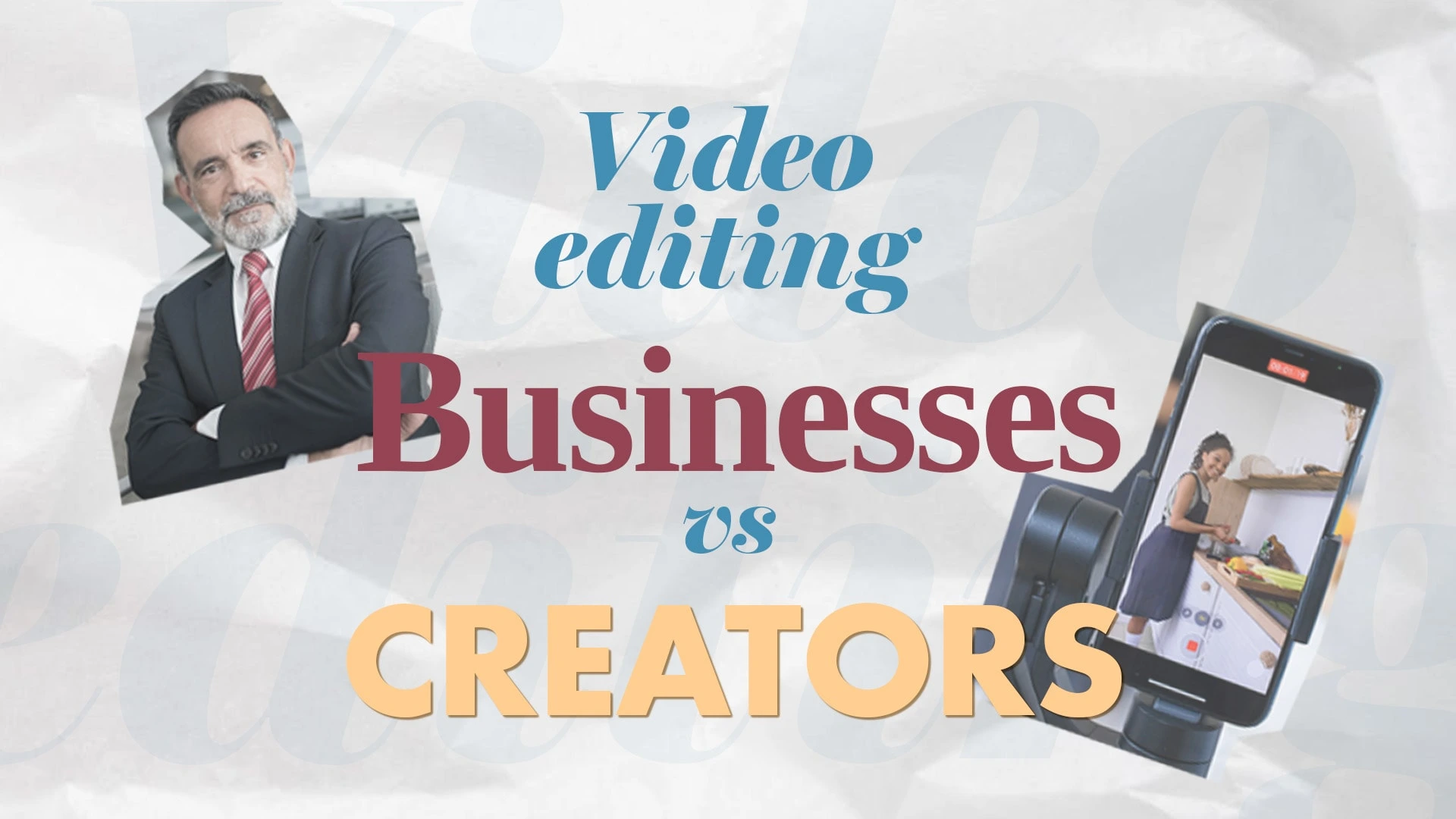
Exploring the differences in video editing approaches
Most online video content is either created by businesses or creators. One is more polished and has a traditional structure and intended outcome approach.
Businesses usually have a polished look and traditional structure to their videos, with a specific goal in mind: To sell their products and services.
Creators often lean towards entertainment, which is often reflected in the production quality. And as they grow bigger, their goal is usually to get a high amount of views, and maybe sell a few of their own products (in addition to exposing them to content paid/sponsored by companies).
With the rise of the creator economy in the last few years, the lines between businesses and creators are getting more blurred. Influencers are now brands. The most popular ones have big teams working behind the scenes to both produce their own content and manage everything around it and the business part of things.
The same goes for businesses that see the value in having a person who represents their brand and product, that people can relate to more than the company itself. They will hire/create their own influencer to tap into the same way of marketing, and the creator economy.
But for the sake of simplicity, and to keep our focus on video editing; let’s focus on 2 categories:
Businesses and creators.
#1: Objectives and Goals
Business: Promoting products, services, and brand identity
If you go to any big brand’s website and do a bit of research, you’ll see that most of their content has the same tone-of-voice, and feels cohesive.
This is reflected in headers, articles, blog posts, and as well in their video content. This is a result of a brand team (either in-house or external) that has carefully crafted how the brand should be perceived in the public eye. Many companies will publish a brand guide on their website that you can download and read through. Some of them focus on the aesthetic part of the brand identity, others will also include their tone-of-voice and company values.
Creators: Engaging and entertaining audiences through storytelling
I would argue that many businesses aspire to establish these two things in their marketing but in a more structured and traditional way.
As a creator (depending on which stage of your career) you’re free to experiment with different types of storytelling and share information about yourself that make people relate with you.
A light-hearted example can be a creator sharing an embarrassing story about a time they wet their pants because they were laughing too hard (something I don’t see a lot of businesses doing with their audience).
Another more serious example could be that a creator shares about their emotional problems and struggles in their everyday life.
These aren’t things a business can do, only a creator can offer this kind of relatability, that both engages and creates an emotional connection with their viewers and followers.
#2: Editing Approaches
Business: Clear, concise, and professional techniques
Just after a few seconds, you can usually tell when you are watching an ad or branded content. You first notice a polished aesthetic that establishes credibility, followed by someone listing highlighted features and benefits about their product or service. A classic approach to a high-end commercial.
Creators: Creative and expressive techniques
What is the number one goal for most creators? To make you stop scrolling.
To grab someone's attention and make sure they keep watching all the way to the end of the video, that it requires innovative and creative editing techniques. This has a big influence on the unique style of creator video content.
They don’t care if the aesthetics are a bit off-brand, don’t look cohesive, or if it's not high-end enough. Ironically, the low production quality can actually help make the content come across as authentic and actually establish credibility.
Take Mr Beast for example. After he became one of the biggest YouTubers, there has been a wave of new creators making videos with similar content, utilizing editing tricks that are almost identical, and ending up with content that has a “MrBeast” style to it.
A format like this may come across as low quality on the surface, compared to commercials with high-end productions. But if done right the creator can surpass the business in ROI several times over.
#3: Special Effects and Transitions
Business: Subtle and professional enhancements
As mentioned above, a lot of businesses want their brand to be perceived as high-end.
The approach to their aesthetic is usually to develop something that doesn’t look too crazy, rather a “less is more” strategy.
This is reflected in the video editing style, by doing hard cuts instead of attention-grabbing transitions and using overlaying text and graphics that are on-brand.
Creators: Experimental and engaging visual effects
What is the number one goal for most creators? To make you stop scrolling.
There is no brand book to follow, no colleagues or boss that has the final say. The creator has total freedom to do whatever it takes to keep people watching their video.
Creative transition? Done.
Captivating graphics? Already on it.
Dynamic text animations and graphical overlays operating at 1000%, combined with memes from that new popular Netflix show, and overstimulating sound effects??? Say no more.
In a world where more people than ever are screaming for attention, you need to stand out. And Independent creators are free to do just that, by any means necessary.
#4: Sound and Music Selection
Business: Clear and professional audio
A professional video needs to have professional audio. End of discussion.
A typical commercial would consist of good-quality audio, either the actor you are watching, or a voiceover done by a professional artist.
The audio levels are balanced, and the EQ is perfectly adjusted. This is accompanied by either a generic fitting song or a mainstream radio hit (which they have paid heaps of money to license)
Creators: Eliciting emotions through sound and music
Audio recordings done by creators have come a long way in the last few years, and some of it is even comparable with high-end productions.
Regardless - the most important thing is that you can hear clearly what is being said. Doesn’t need to be perfect, it can even peak sometimes (volume too loud) without throwing the viewers off. (which would never take place in a high-end commercial)
The number of songs and sound effects that are added sometimes may seem a bit over the top, but this is done to keep the viewers' attention. In my opinion, less can be more. I would rather focus on being more intentional when adding more sound. But there’s a time and place for everything.
#5: Distribution and Platforms
Business: Optimising videos for various platforms
Businesses with bigger campaigns will usually plan for both longer video formats, in addition to shorter versions. This is taken into consideration from the very beginning before they start shooting anything. This way they can shoot for the shorter format if needed, and not only re-edit the longer format version of the video to make it fit for the short format. Things like captions and video dimensions can be taken into consideration while they’re still shooting. For example, they can shoot in 9x16 instead of 16x9, creating the opportunity to frame the composition for more whitespace within the image, where they are planning to add captions of a header title.
Something else to also keep in mind is what kind of audience they want to reach on different platforms. Different pacing of the editing can go a long way, but if you can also script the videos to make them more organic, that will make them “feel” like they belong on the platform.
Creators: Leveraging platforms for maximum reach
Creators usually create organic content for each platform. More than often they will get big on one platform, by mastering the specific format for that specific format, for that specific audience. Reposting it may work, but it defeats the purpose. Why would their followers want to see the same videos again on another platform? Instead, they (usually) create different content for different platforms
Conclusion / Recap
In short, there are more “rules” when it comes to creating and editing professional (read: traditional) video content for businesses than there are for creators.
Creators usually color more outside of the lines, by experimenting and breaking the traditional guidelines for producing and editing videos.
My advice is to learn the rules, and then break them when necessary. Regardless if you’re editing for a Fortune 500 company or the next big creator.
Looking for someone to help you out with your video content? Get in touch with me!
Like this project
Posted Jun 8, 2023
In this article, we'll be looking at the differences between editing for businesses and creators.




